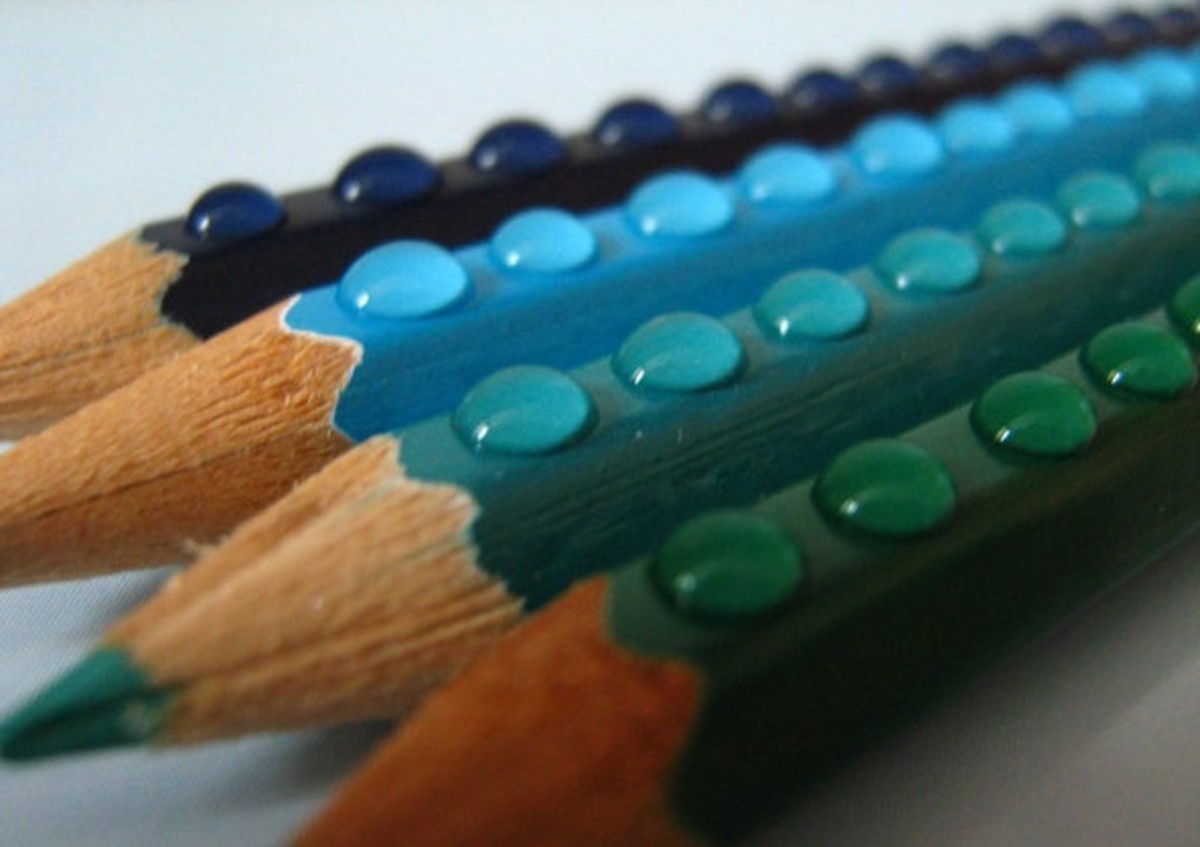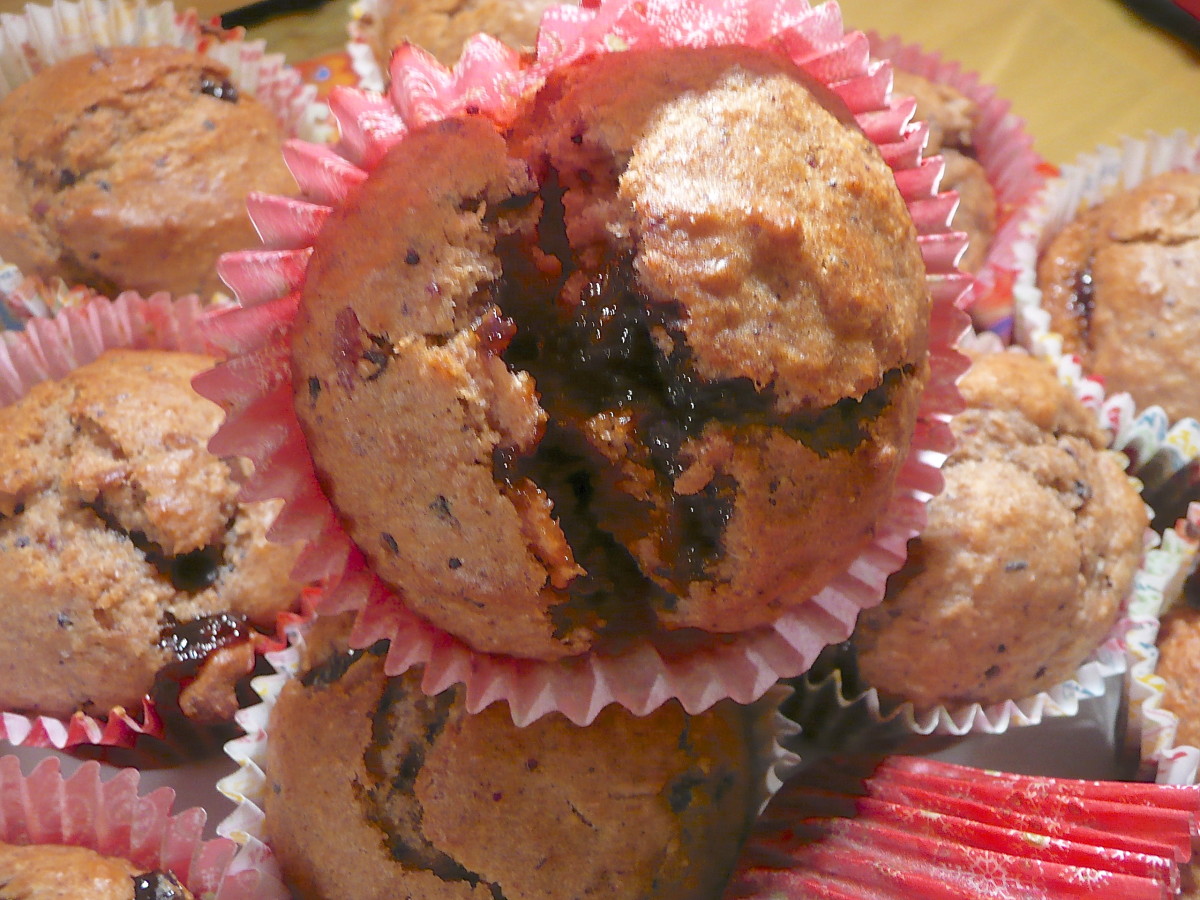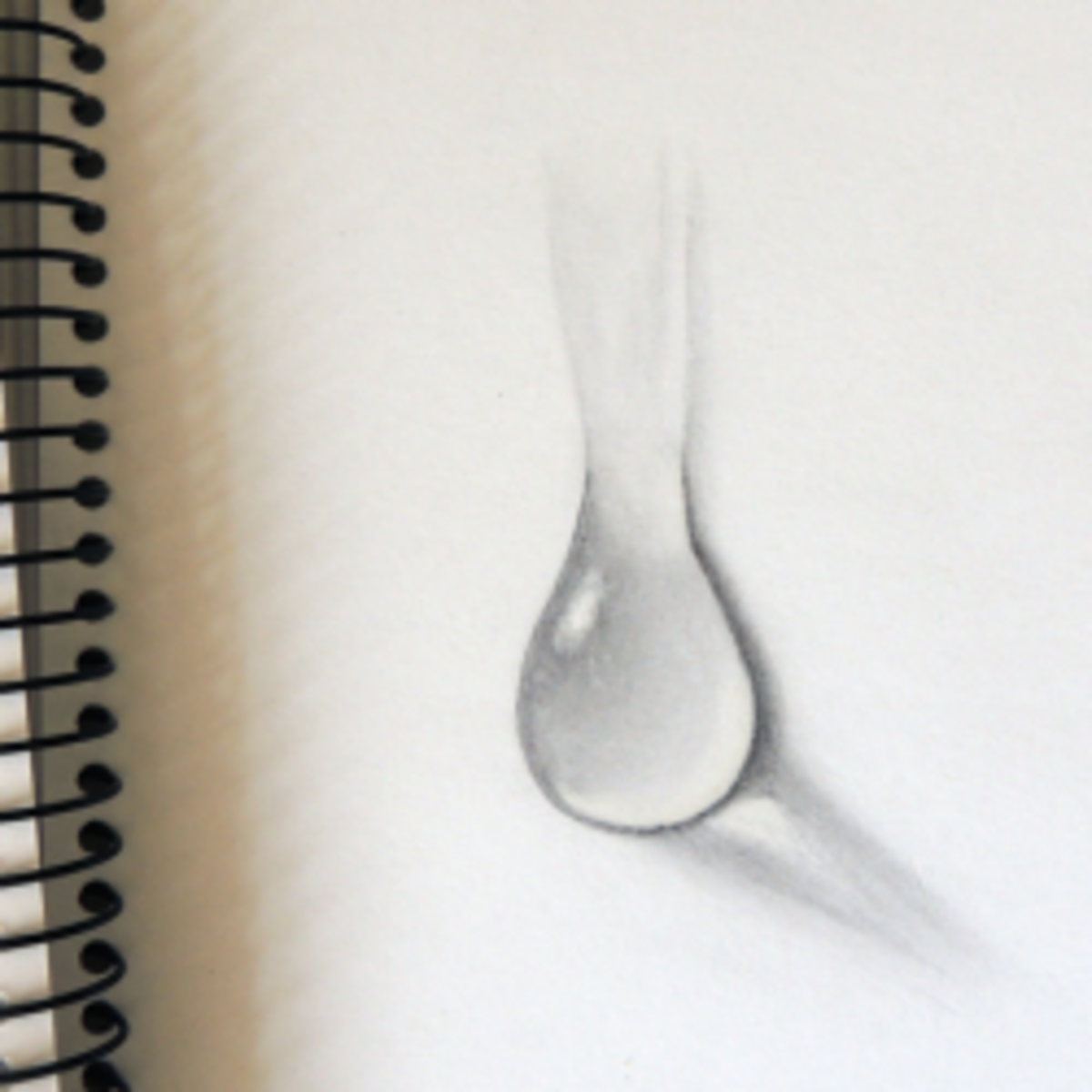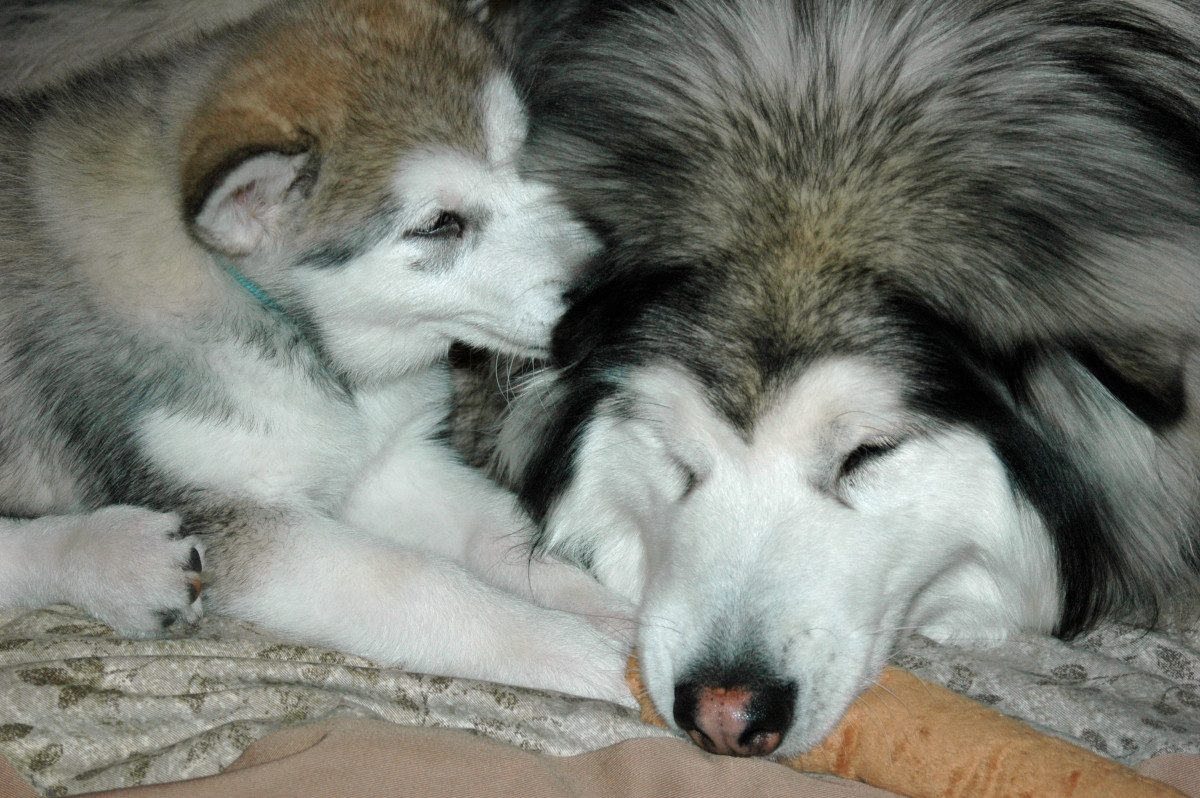Photographing Bending Light

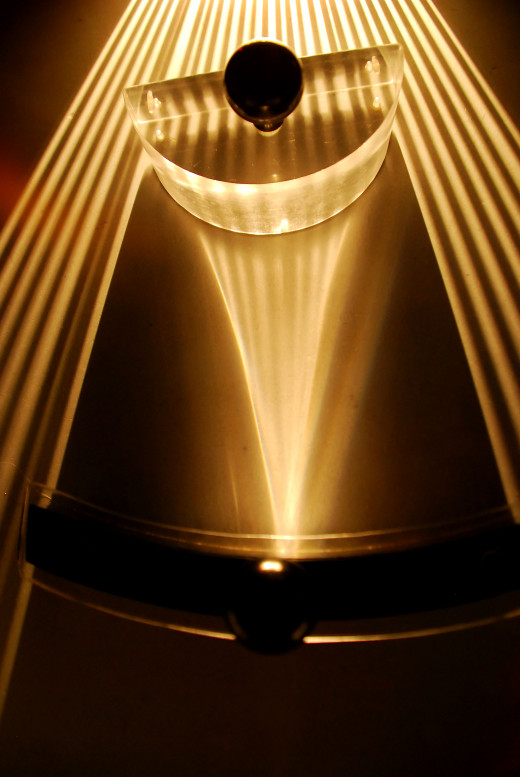
Lights bends and if you were paying attention in physics class you should know this. The only place where light will go on seemingly forever will be in a place completely devoid of atmospherics like deep space. Light is even interrupted by plain air.
Light is a form of energy, and while it can bounce (reflected), it can also bend by being slowed down. I bet you are thinking to yourself, “But light travels at a constant speed!” Light travels at a constant speed only in a perfect vacuum.
You have seen how a pencil seems to bend when immersed in water. This is because the light is bending and light is slowed down as it passes through materials like air or water.
Most materials have a refractive index greater than one, which means that as light enters the material from air, the angle of the ray in the material will be nearly normal or as it should to the surface than it was before it entered.
Why are we discussing all of this you may ask? Because this particular project is about taking photos of bending light and no photograph can ever exist without light, no matter how advanced or how technically perfect your camera is, you need light to produce a photograph.
The theme is geared towards studying how light bends by using photography but if you want you can make it into a full blown photographic project. The difference of one with the other is not that much so you can actually achieve both techniques or purposes associated with this "experiment".
You need a clear glass, water, a pencil, a small pencil light that can focus a narrow beam, or a laser pointer with some colored lens covers, a photography snoot, a smoke producing mechanism, or an incense stick or even a cigarette, a solid surface and a couple of boards one white and one black painted with non gloss paint. The final piece to complete the puzzle is a prism.
The rest is your standard photography gear set upon a sturdy tripod and with a mechanical shutter release tool. Although a standard 55mm lens will work, a small zoom lens is better but not a must.
You should also do the project in a room which can be darkened and the only light that should be available is that of the snoot. If you need to you can have a small light to provide you with working light but not aimed at the subjects.
Remember to have all of your subjects in front of either the white or the black board.
You can start with any of the materials in no particular order. For example, fill the glass with water and place the pencil inside of it. Shine the snoot at it and take the shot.
Try several angles and various perspectives, including photographing at eye level. Notice how the pencil seems to be bent and how light is before it enters the glass, as it goes through the glass and after it comes out the other side. On a glass this is not as obvious so you have to pay very close attention.
A zoom works best since you can zoom in and out to test which range works better but you can also do the same by physically moving closer to the subject. The mechanical shutter release is to minimize the chances of causing blur when you depress the shutter which can cause vibration.
Next I would use the prism by laying on the flat surface and positioning the penlight close to it yet out of the frame and using a narrow beam. Try to place the prism about a foot away from the backdrop (use the black one for this) and use a large aperture to further blur the backdrop.
If everything goes well you should see a wide beam of light coming out the other side of the prism and in colors closely resembling those found in a rainbow.
With the prism in place and the light shinning through it, focus on the "rainbow" and blow some smoke into it then record the resulting photographs.
Notice how the light seems to "slow" down the more it goes through the smoke. You can also simply shine the snoot and blow smoke into its light and photograph the result, but with the prism it's more colorful.
You can test more results using other materials like a fish tank filled with water a by shining a light from one end to see how the light comes out the other side. You can also add food coloring to the water and photograph how the shades of color seem to go from light to dark as the light travels from one end of the tank to the other.
Using the tank set up, place one clear sheet of plastic near the end that receives the light and adding more along the tank at intervals of about one inch. This will let you see how the light is affected.
This whole experiment is designed to test how ambient affects light and it can further your knowledge of how light works which in return will give you a better perspective into photography.
If it doesn't then at least you had yet another opportunity to photograph which is never a bad idea.
Many more photography articles with tips and ideas for projects!
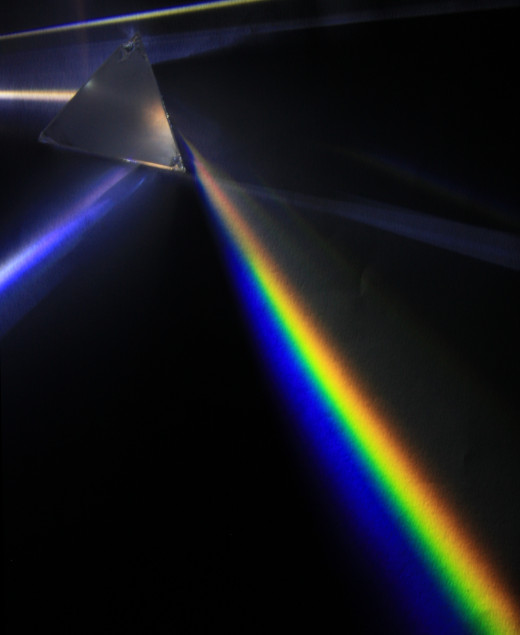
Digital photography
© 2012 Luis E Gonzalez



